Do you have old photographs of Dublin street signs with Irish placenames in the cló Gaelach typeface? Or do you know where these signs can be found? CLÓSCAPE would love to hear from you!
The public is being invited to help document and preserve Dublin’s fast-disappearing old bilingual street signs, which feature a unique Gaelic typeface. This initiative is part of a new digital humanities project led by Trinity College Dublin.
The distinctive green-and-white street signs, which date from around 1901, were first installed following a vote by the Dublin Municipal Council to use bilingual signage. These signs display street names in both English and Irish, with the Irish-language version written in cló Gaelach, a typeface that represents the traditional Irish script.
A D V E R T I S E M E N T
Dr Nicole Volmering, from the School of Histories and Humanities at Trinity, who is leading the CLÓSCAPE research project, explains:
“These street signs are an important part of our cultural heritage. Cló Gaelach letterforms have been used to write Irish and Latin as far as back as the 6th century and is the script used in Irish manuscripts as well as on shop and pub fronts and our distinctive old street signs.”
Dr Volmering adds:
“When the Irish state was founded, there was huge pressure to use Gaelic in educational materials, on street signs, in books as a symbol of reinforcing Irishness in Ireland. But long before that, this Irish font was used as a form of ‘silent rebellion’ against British rule on green-and-white Dublin street signs.”
The Gaelic League (Conradh na Gaeilge) and other revivalist organizations petitioned councils to erect signs featuring names in Irish and written in the cló Gaelach.
Sign up to our newsletter
For example, the Freeman’s Journal on 13 January 1902 reported that the Dublin and District Committees of Conradh na Gaeilge had issued a series of questions to election candidates to gauge their views on the language movement. The questions centred on topics such as membership in the Gaelic League, support for the National Language Fund, prioritizing qualified Irish-speaking candidates for positions, the requirement to teach Irish in schools and the erection of bilingual signposts and nameplates on streets. Many candidates were named in the report as responding positively to all questions, while others were noted as agreeing with most of the principles. Some candidates, however, did not fully commit to answering the questions.
>>> YOU MIGHT ALSO LIKE: What the census tells us about Ireland’s first president, Douglas Hyde
These beautiful street signs are handcrafted and hand-painted, making each one unique. Little is known about their roll-out and distribution, but we do know that the signs vary depending on the era in which they were created.
Dr Volmering, speaking to RTÉ, explained that the green signs with a decorative border date back to the start of the 20th century, as seen in the Kimmage area. Signs in Dublin 10, which was built in the 1940s and 1950s, tend to be dark green and feature postal codes. The cló Gaelach also appears on some blue-and-white signs before it ceased to be used, which is believed to have occurred around the 1960s. While this represents a rough timeline, a more precise chronology is still being worked out as part of the ongoing project.
A F F I L I A T E A D

The cló Gaelach is a powerful way of communicating Irish heritage, and until recently, most people in Ireland would have learnt to write in the Irish script in school, but it was phased out of official use in the 1960s.
So far, the CLÓSCAPE project has recorded and photographed about 600 of these street signs surviving in Dublin’s inner city. Members of the public are now being asked to contribute photographs, both historical and contemporary, of old Dublin street signs. These images are crucial for the project’s mission to preserve old street signs with their Irish font. Historic photographs, in particular, are extremely valuable to the project.
This project seeks to gather photographic evidence to reconstruct the history of the placement of these signs and to ensure they are preserved digitally (and physically) for future generations.
A D V E R T I S E M E N T
Despite their historical significance, the cló Gaelach signage is not protected outside of architectural conservation areas. Many of these signs are being replaced by modern blue-and-white signs featuring a Roman font, with no provision for the use of cló Gaelach under the current Official Languages Act. “Every time a sign is lost, we lose a bit of the history of Dublin and the history of Irishness”, Dr Volmering laments.
Although the pilot project is currently focusing on Dublin only, it is hoped that a larger national survey will be carried out in the future.
Funded by the Trinity Long Room Hub Research Incentive Scheme, the CLÓSCAPE project will collect and preserve photographic evidence of these signs. The photos will be published as part of the Irish Historic Street Signs Archive on the Digital Repository of Ireland, making this important part of our unique cultural heritage freely accessible to the public and researchers.
To learn more or to contribute photographs, visit the CLÓSCAPE website here.
Advertising Disclaimer: This article contains affiliate links. Irish Heritage News is an affiliate of FindMyPast. We may earn commissions from qualifying purchases – this does not affect the amount you pay for your purchase.
READ NOW
➤ Fr Lorcán Ó Muireadhaigh and the founding of “An tUltach” (The Ulsterman) in 1924
➤ From rackets to rugby: Dubliner Frank Stoker and his sporting triumphs
➤ The Ballingeary Gaeltacht roots of Los Angeles’ Cardinal Timothy Manning
➤ The cuckoo in Irish folklore
➤ Book of Leinster now on display at Trinity following major conservation of 12th-century manuscript
A D V E R T I S E M E N T

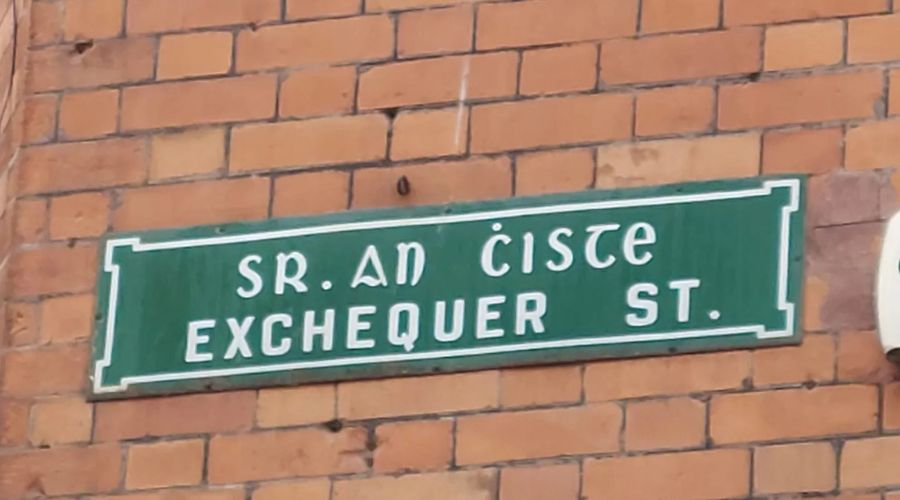



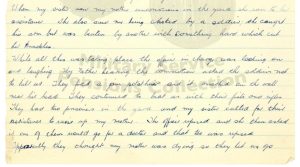




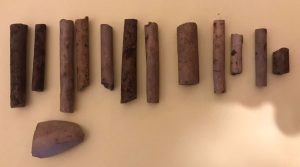
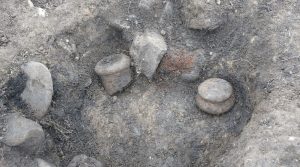

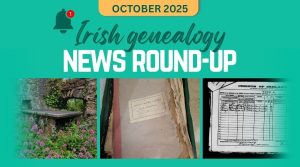







2 Responses
I want too send a photo of street sign but can’t…… your systems dont allow!
Frank Ryan
Hi Frank, you need to contact the CLÓSCAPE project team directly by emailing closcape@outlook.com